Relief sculpture has a notable history dating back over 20,000 years in both eastern and western cultures. The term relief is from the Latin verb “relevo”, to raise. To create a sculpture in relief is to give the impression that the sculpted material has been raised above the background plane.
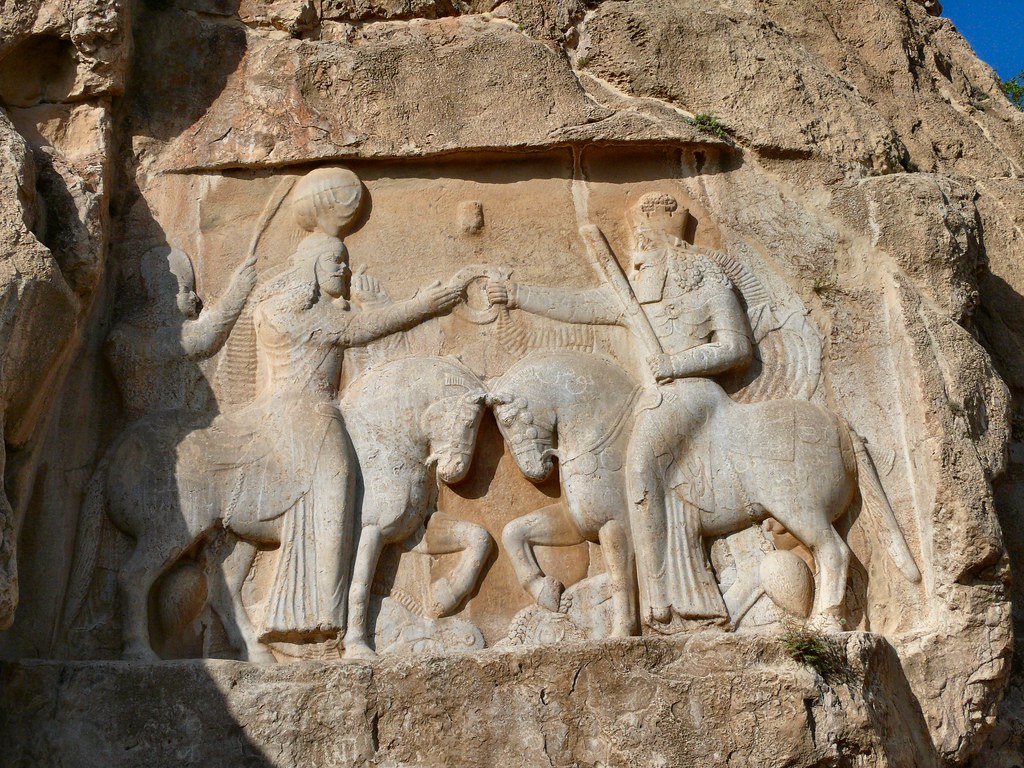
Image source: https://search.creativecommons.org/photos/19a8399a-0014-4712-bb9d-ce0f22a0b21a by dynamosquito
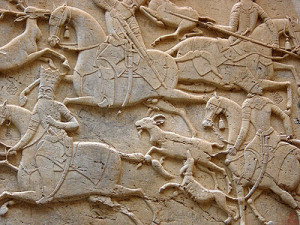
Image source: https://en.wikipedia.org/wiki/Relief
Where it originated?
Ancient cave art in the Franco-Cantabrian area of the Upper Paleolithic period included paintings, rock engravings, and some bas-reliefs.
The Babylonians, Assyrians, and Hittites practiced both bas-relief and sculpture in the round. The Greeks conceived relief sculptures in a plastic sense—embodying the top and the bottom together, using the relief both as an ornament and as an integral part of a plan in combination with architecture.

Image source: https://search.creativecommons.org/photos/30fe1969-9652-43b4-ae98-0fd1dc973982 by dynamosquito
In the second and first centuries B.C.E. bas-relief sculpture was present in western India. The first discovery is in the portico of a small monastery at Bhājā, thought of as the god Indra, seated on his elephant, and Sūrya, the sun god, on his chariot.
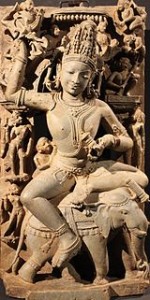
Image source: https://en.wikipedia.org/wiki/Indra
Later, between the first and fourth centuries in India C.E., individually sculpted figures replaced the earlier narrative tradition that built kings and gods. They used the high-relief between the triglyphs and the tympanums of the temples, and the low-relief in the friezes, tombstones, etc.
In Europe, the Hellenistic period saw a more picturesque carving style. The Etruscan relief was mainly in artistic craftsmanship. In Rome, the Arch of Titus, the reliefs of Trajan’s column, the imperial sarcophagi in the Vatican, and the reliefs of the Capitol Museum reveal the influence of the Greeks.

Image source: https://search.creativecommons.org/photos/2041bd28-52a4-4e22-9499-63f20230c674 by manelzaera
Which was the technique for raised relief?

Image source: https://search.creativecommons.org/photos/b750079e-a3a9-4cd3-8964-75233a93d0e0 by Charlie Phillips
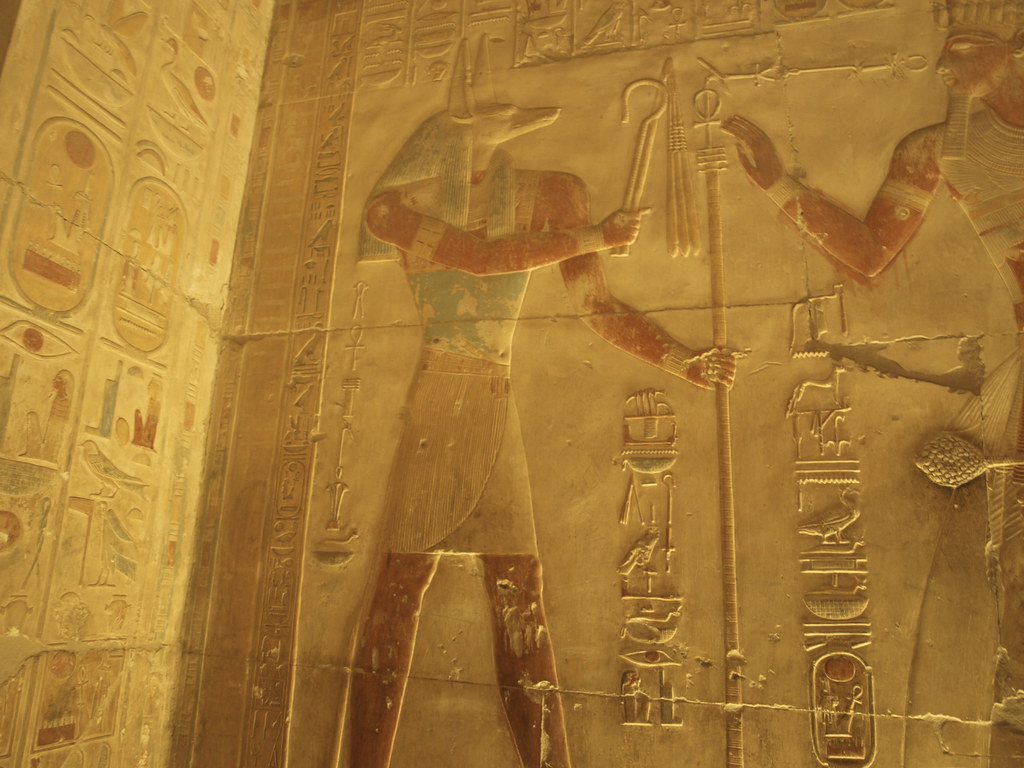
Image source: https://search.creativecommons.org/photos/f18b60a5-e38b-4bce-8cee-348c8d24e661 by isawnyu
The relief was usually carved before being painted. There are two main classes of prominence; the raised relief (where the figures stand up out from the surface) and sunk relief (where the figures are cut into and below the surface). The surface would be smoothed with a layer of plaster and then painted. If the surface had not been sculpted before painting, several layers of mud plaster would have been applied to create a flat surface.
The surface of the design would be made using grid guidelines, fixed to the wall using string covered with red pigment powder. This grid made it possible to correctly proportion the figures and arrange the scenes. The elements of the scene were drawn using red paint, corrections with black paint, and then painting with one color at a time. Even on the carved relief, many elements of a scene would have been done only with paint and not cut into the surface.
Which technique was used for Sunk relief?
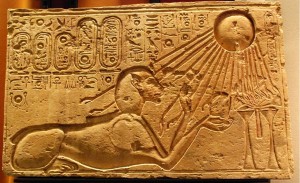
Image source: https://en.wikipedia.org/wiki/Akhenaten#/media/File:Akhenaten_as_a_Sphinx_(Kestner_Museum).jpg
Sunk or sunken relief varies common and largely limited to the art of Ancient Egypt becoming the dominant type used over low relief after the Amarna period of Akhenaten. Previously used mainly for large reliefs on external walls, and for hieroglyphs and cartouches. The image is made by cutting the relief sculpture itself into a flat surface. Usually, the images are mostly linear, such as hieroglyphs, while in most cases the figure itself is in low relief, placed within a hollowed area without the relief ever exceeding the original flat surface. In some cases, the figures and other elements are in a low relief that does not go back to the original surface, while others are modeled so that some areas go back to the original surface. This method minimizes background removal work and allows for normal relief modeling.
The technique is most successful with strong sunlight to emphasize the contours and shapes with the shadow. Some reliefs, in particular the funerary monuments with heads or busts from ancient Rome and later Western art, leave a “frame” at the original level around the edge of the relief or place a head in a hemispherical recess in the block. Although very similar to the Egyptian sunken relief, the term would not normally be used of such works.
What was the evolution of relief in later centuries?
During the European Middle Ages, the emphasis in sculpture was definitely on relief work. Some more notable examples decorate the Romanesque portals (tympanums) of churches in France, England, and other countries. The Gothic period often preferred a higher relief, following the interest in statuary that characterized the late Middle Ages.
During the Italian Renaissance, the qualities of relief work began to change, as is evident in the famous bronze doors that Lorenzo Ghiberti created for the baptistry of the Cathedral of Florence. The free play between high and low relief and the illusionistic style of the composition in these reliefs show the interest and understanding of the Renaissance artists of space as a subjective visual experience that could be faithfully reproduced. The figures in the foreground of the composition were performed in high relief, while the characteristics of the background were performed in low relief, thus approximating the distance. Donatello exploited these experiments, adding material contrasts between rough and smooth surfaces to the play between high and low relief and completely modeling some forms leaving others in a state of almost pictorial incompleteness.
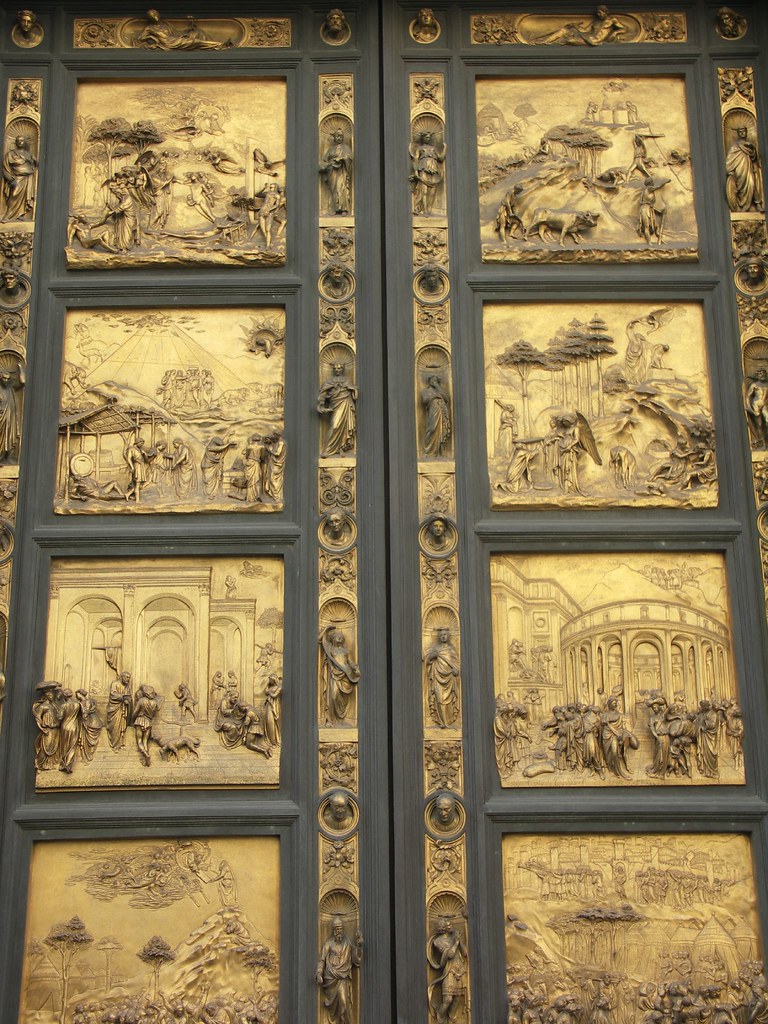
Image source: https://search.creativecommons.org/photos/80eac90d-75f8-4581-917d-03ae65ff3ab0 by Graham and Sheila
Subsequently, two different trends in Italian relief sculpture took hold: the delicate and low reliefs in marble and terra-cotta by Desiderio da Settignano and Mino da Fiesole, for example, and the more robust and sculptural relief style used by Bertoldo di Giovanni and later by Michelangelo.
Baroque sculptors continued these illusionistic experiments. Their large relief compositions became a kind of marble painting, highlighted by deep box-shaped frames and by particular light conditions. Lorenzo Bernini’s “Ecstasy of Santa Theresa,” with figures enclosed in a marble altar and sculpted almost completely in the round, offers a more impressive example.

Image source: https://search.creativecommons.org/photos/c9741dea-3f3a-4809-9331-5c59f5f78aa5 by jiuguangw
Neoclassical artists of the early 19th century temporarily relaunched experimentation with low reliefs in search of what they saw as classical rigor and purity; these works focused on the fine modeling of the surface and the clarity of the design for their effect. Typical from this point of view are the works of Antonio Canova and Bertel Thorwaldsen. Overall, however, the Renaissance concept of relief prevailed, and its dramatic and emotional possibilities were used acutely and vigorously by later 19th-century sculptors such as François Rude in “The Marseillaise” (decorating the Arc de Triomphe in Paris) and by Auguste Rodin in his famous “Gates of Hell” and other reliefs. Relief techniques were used in 20th-century modern art for abstract compositions to emphasizing spatial recession and contrasts of light and shadow. The reliefs were also characteristic of pre-Columbian and Asian Indian sculpture.
Info sources:
http://www.newworldencyclopedia.org/entry/Relief_(sculpture)
https://www.britannica.com/art/relief-sculpture
http://www.revolvy.com/main/index.php?s=Sunk-relief&item_type=topic
